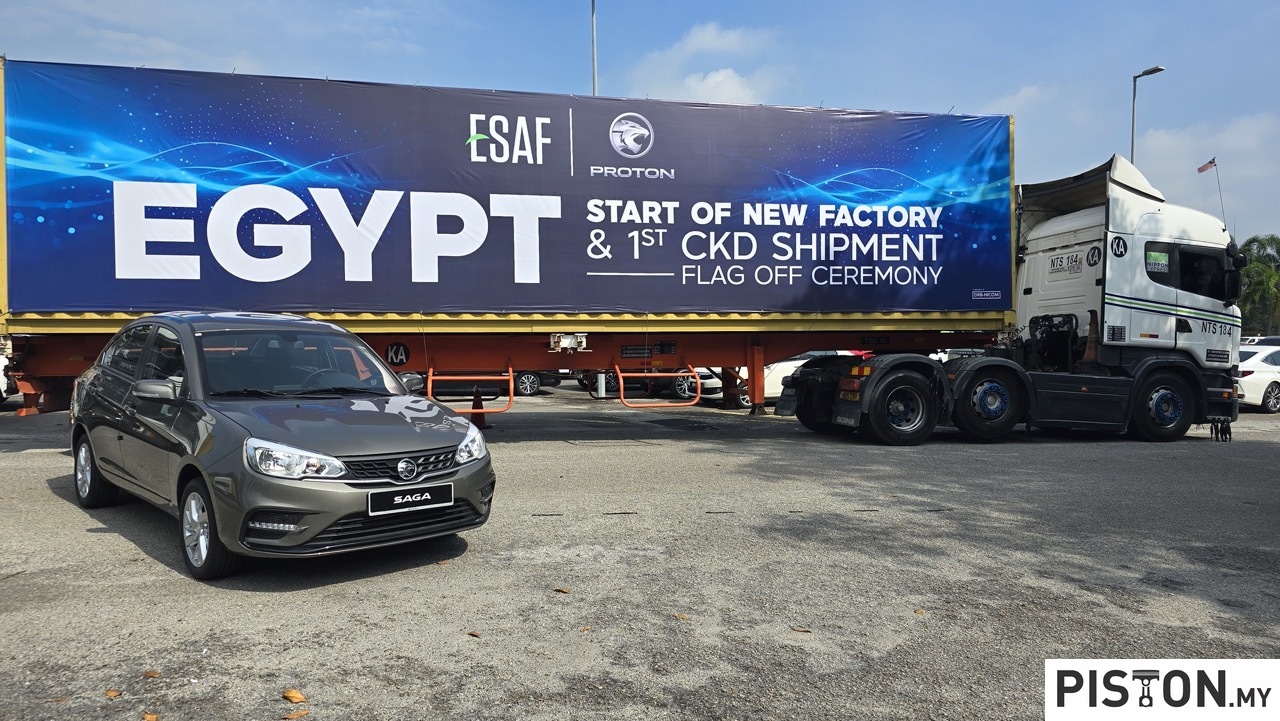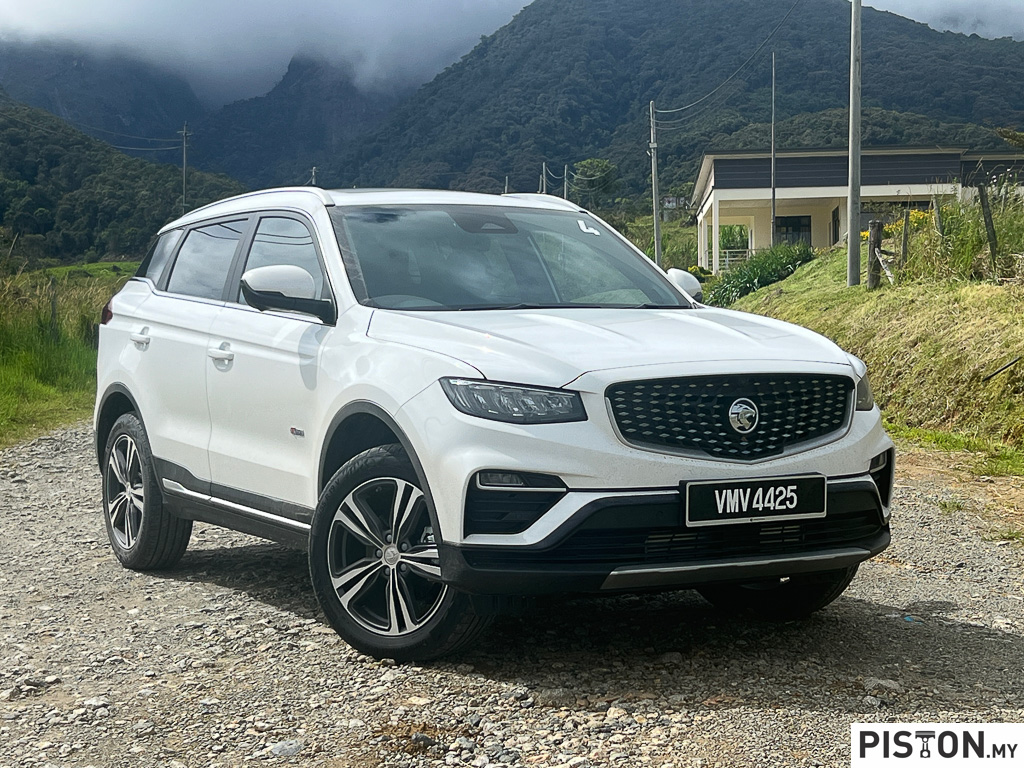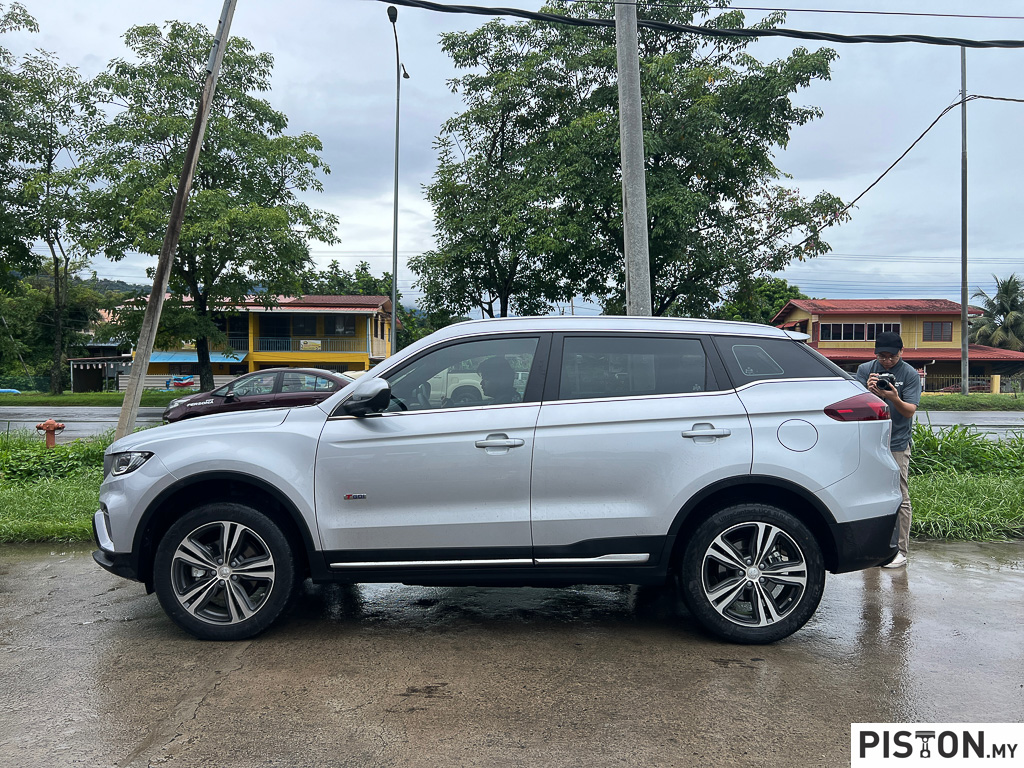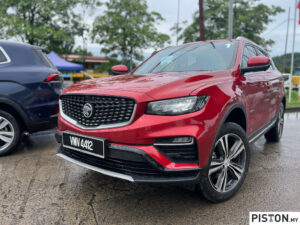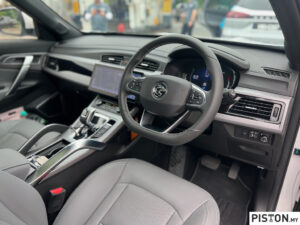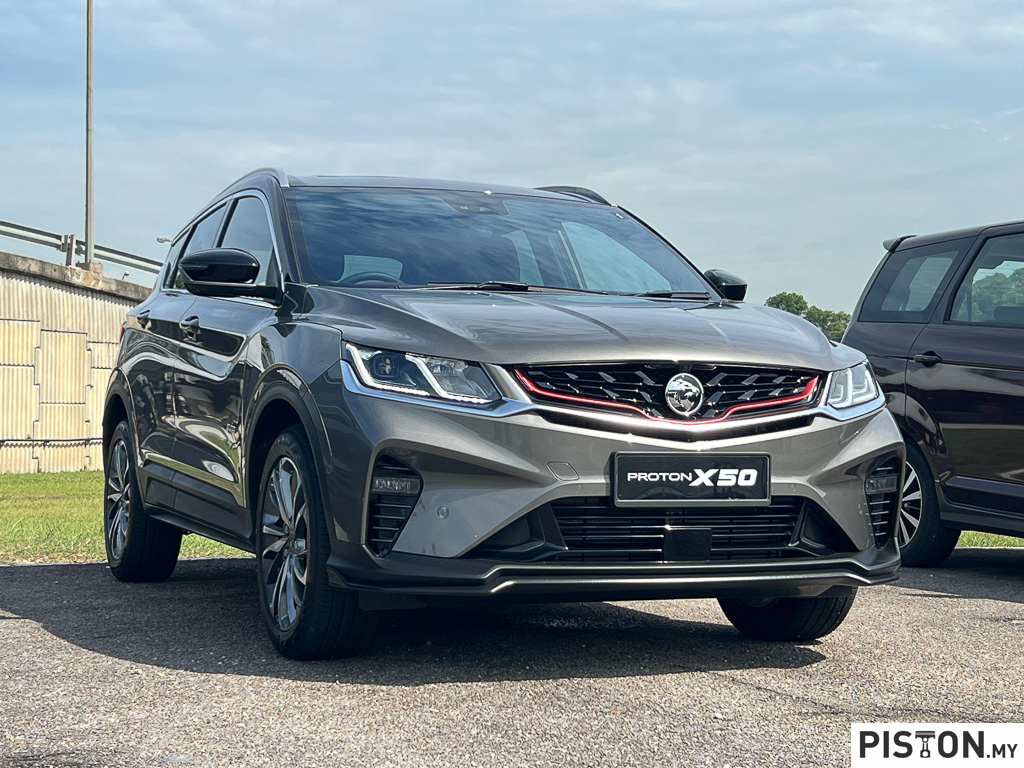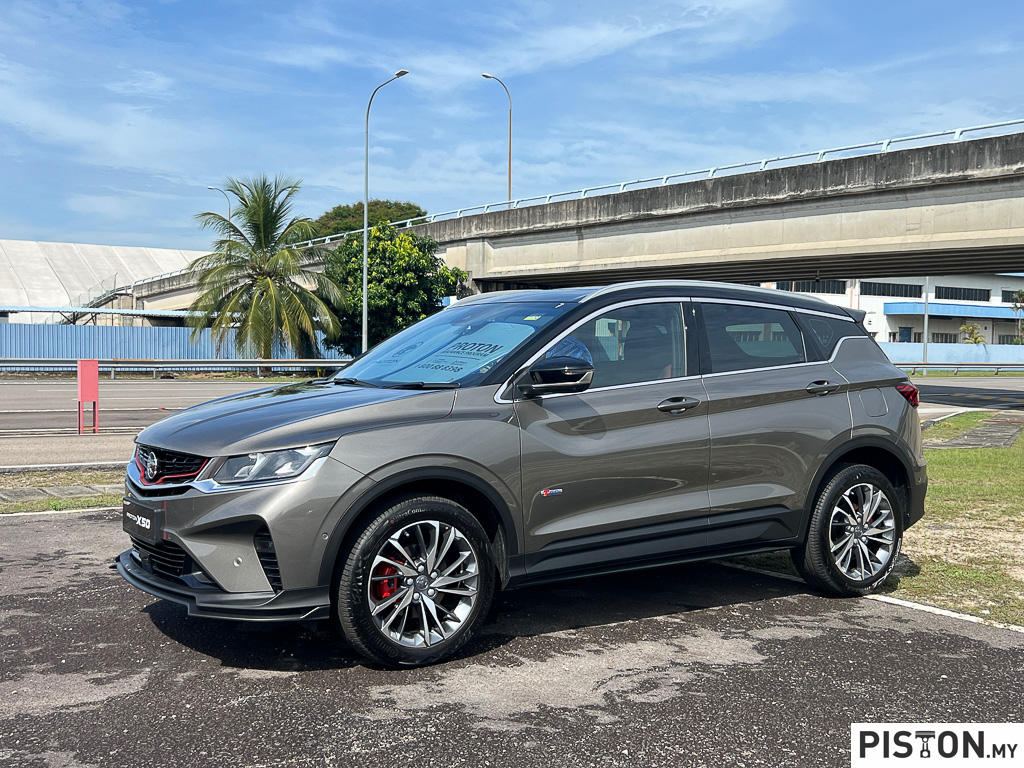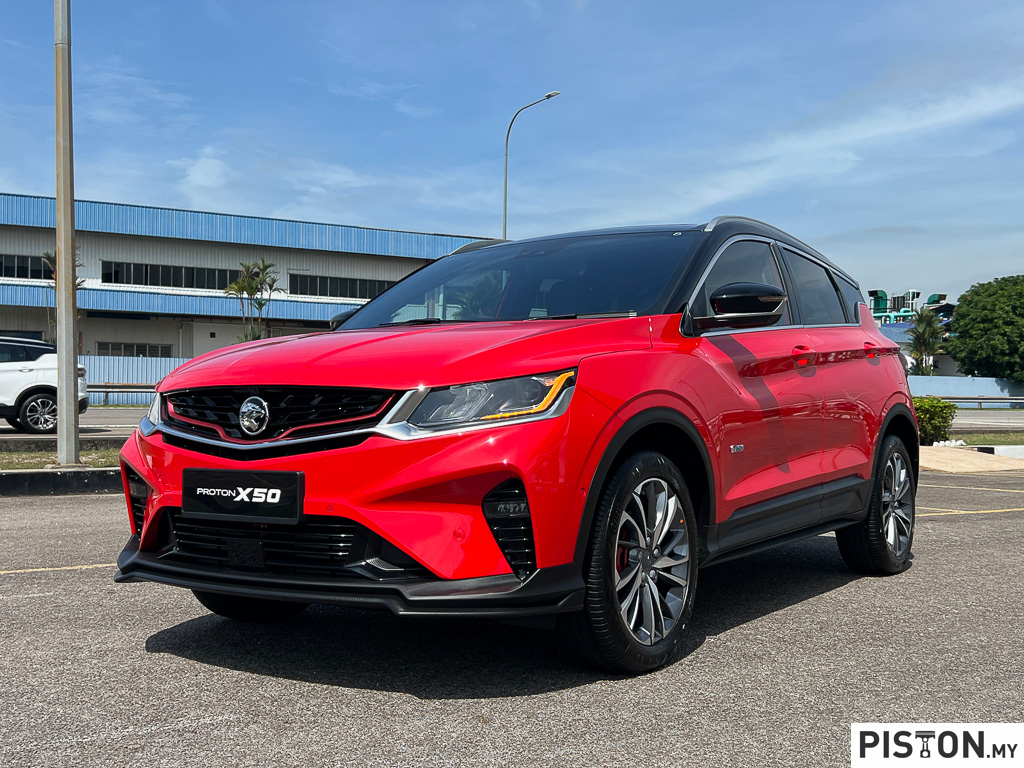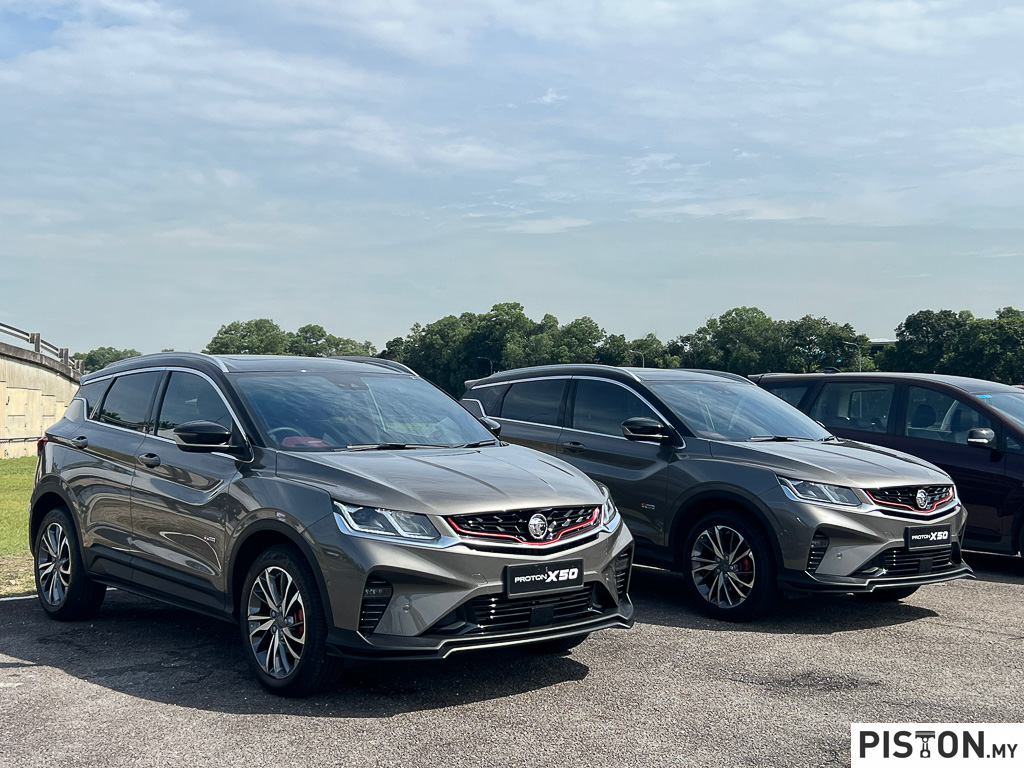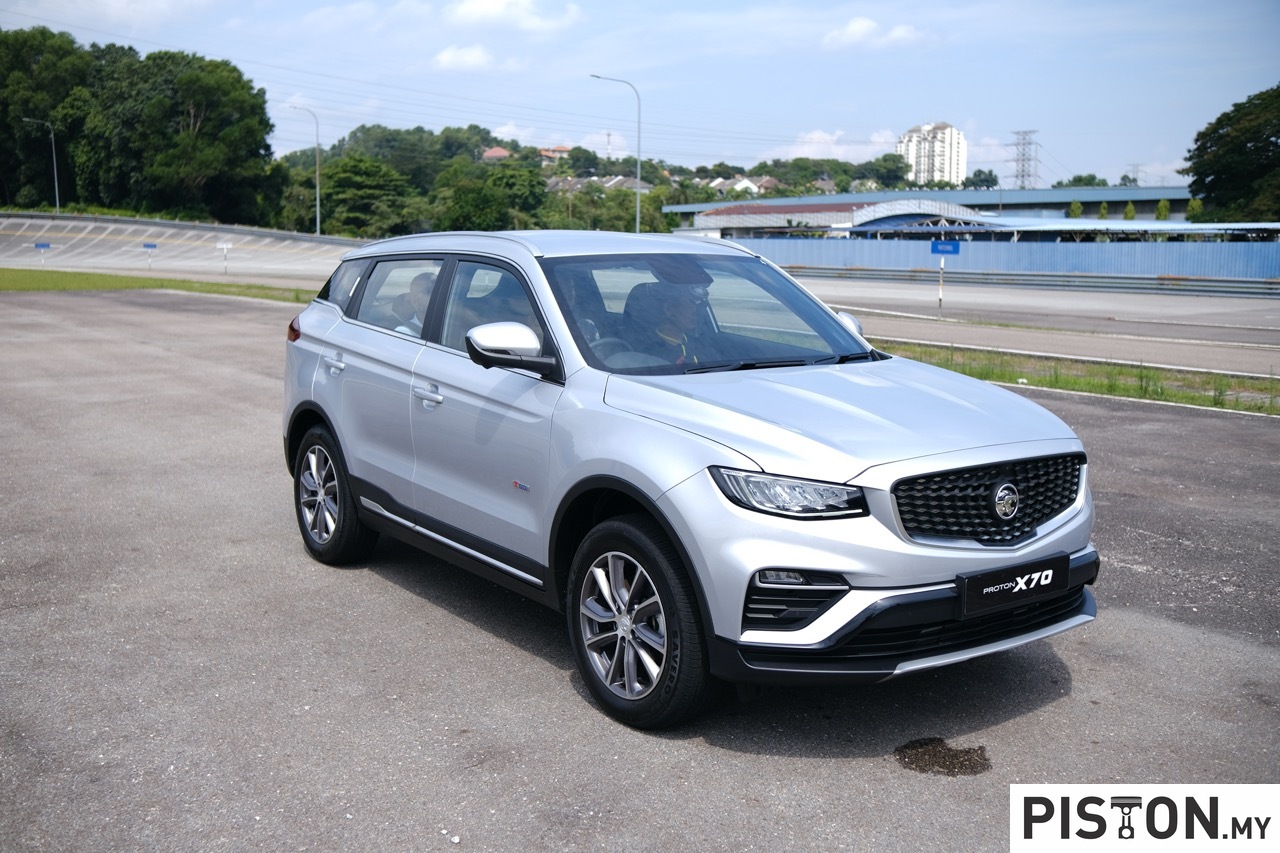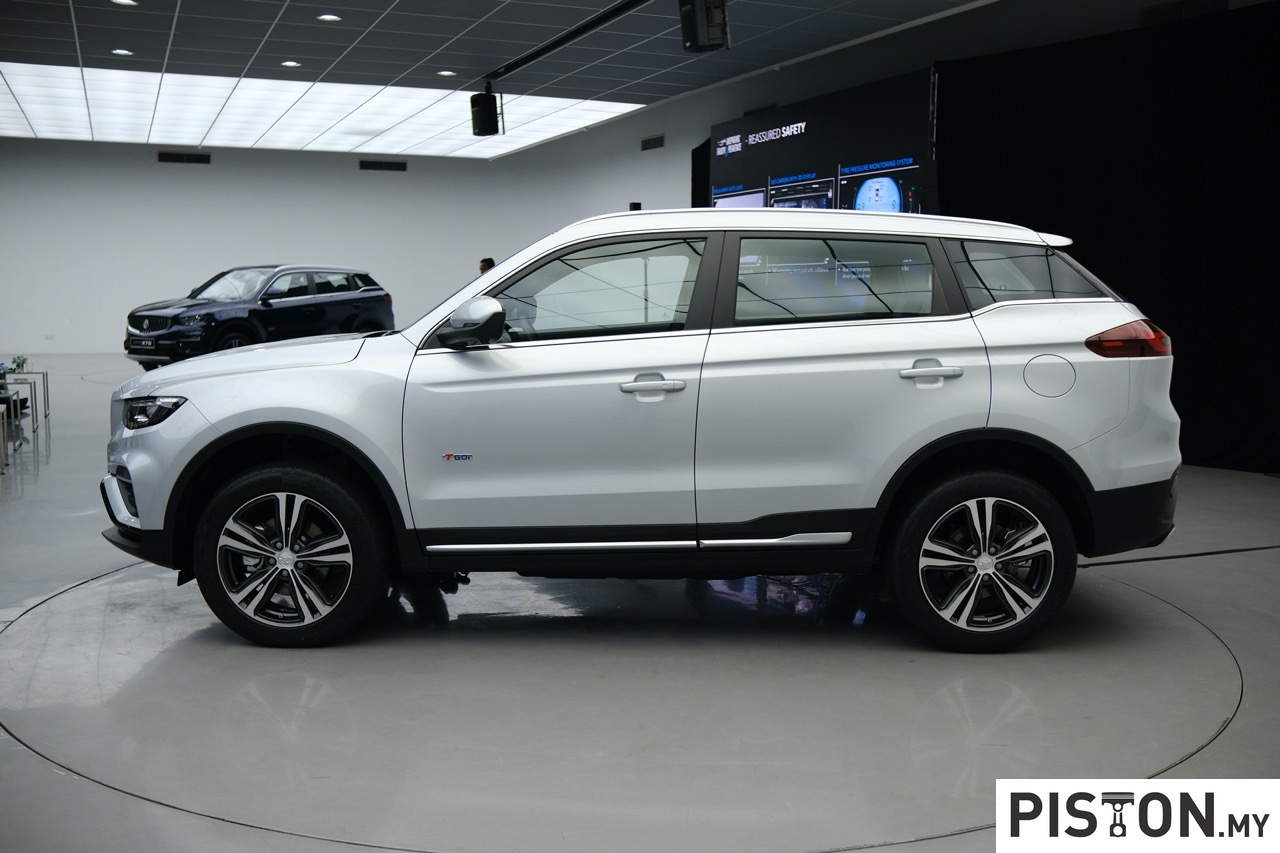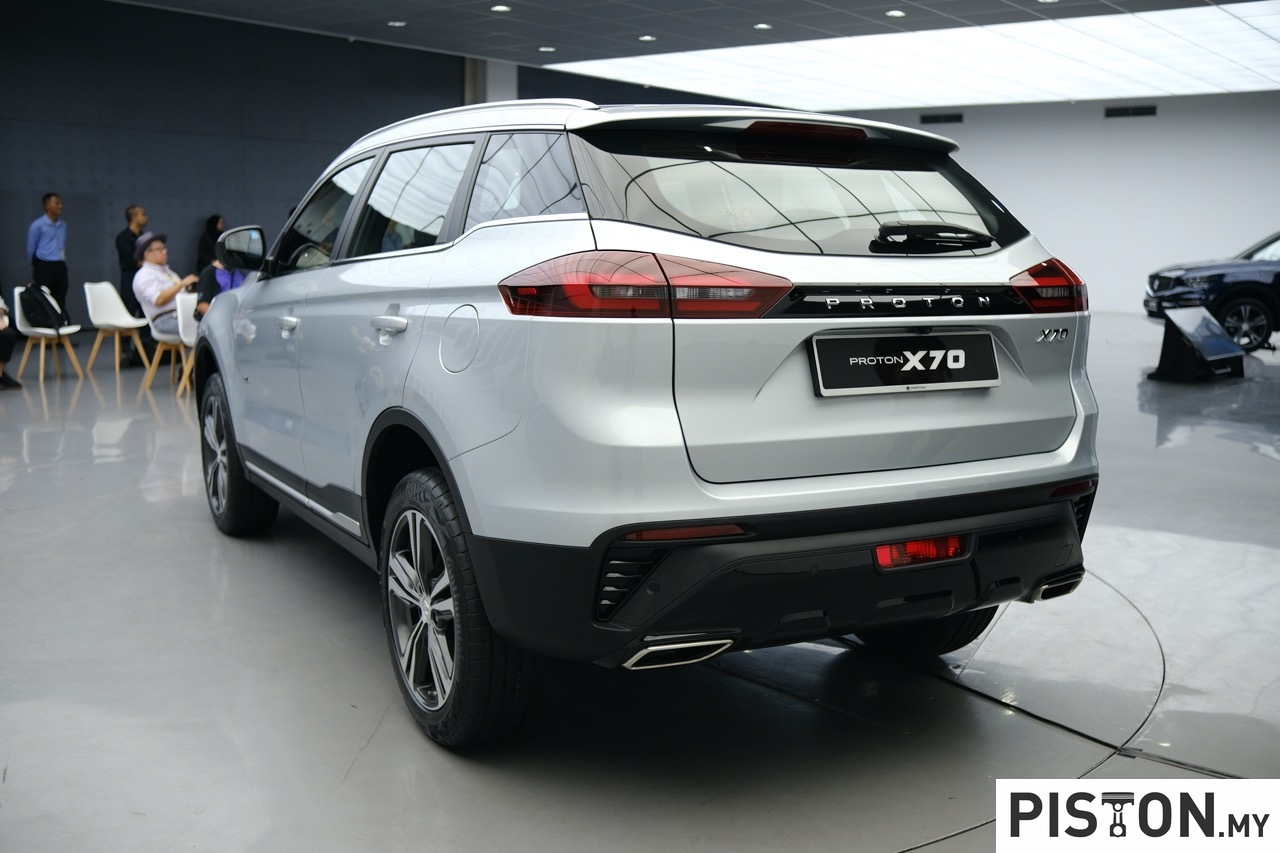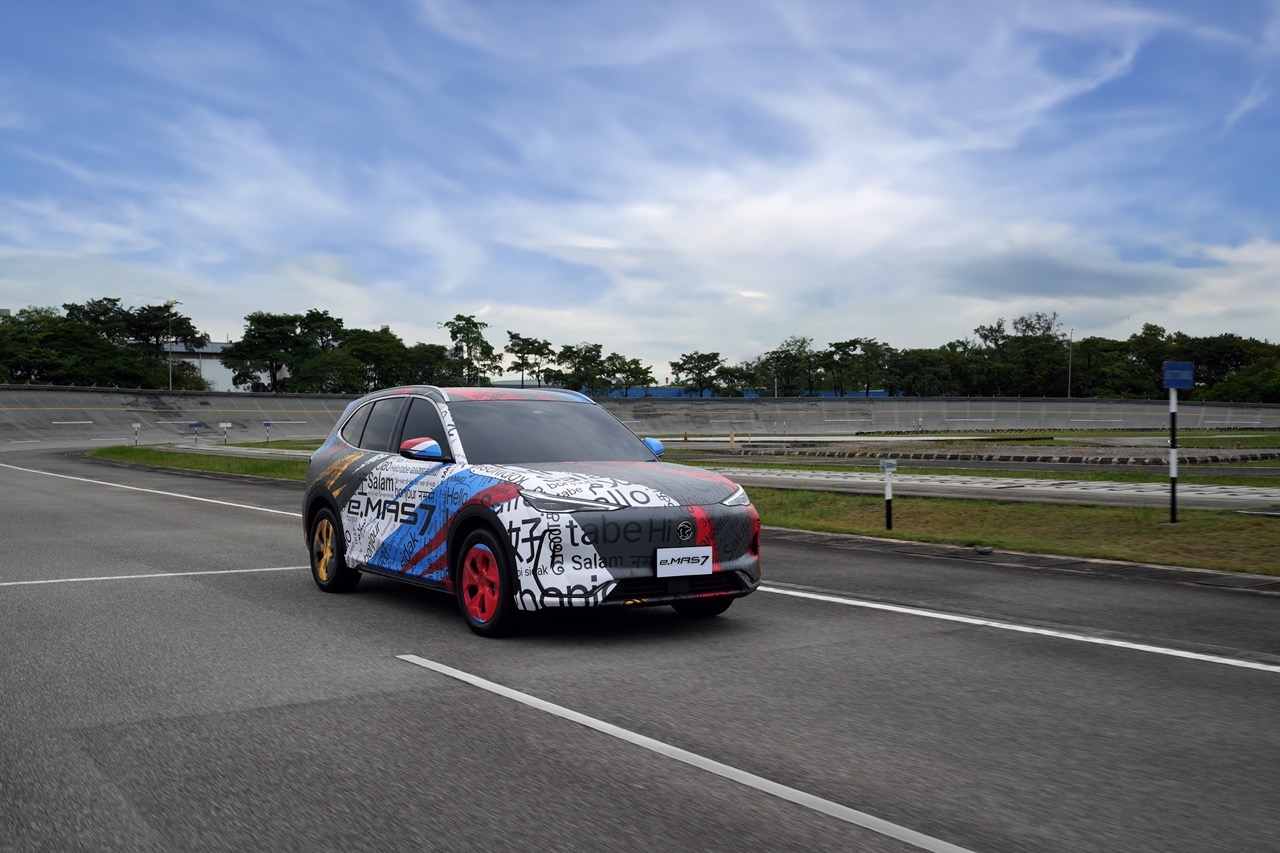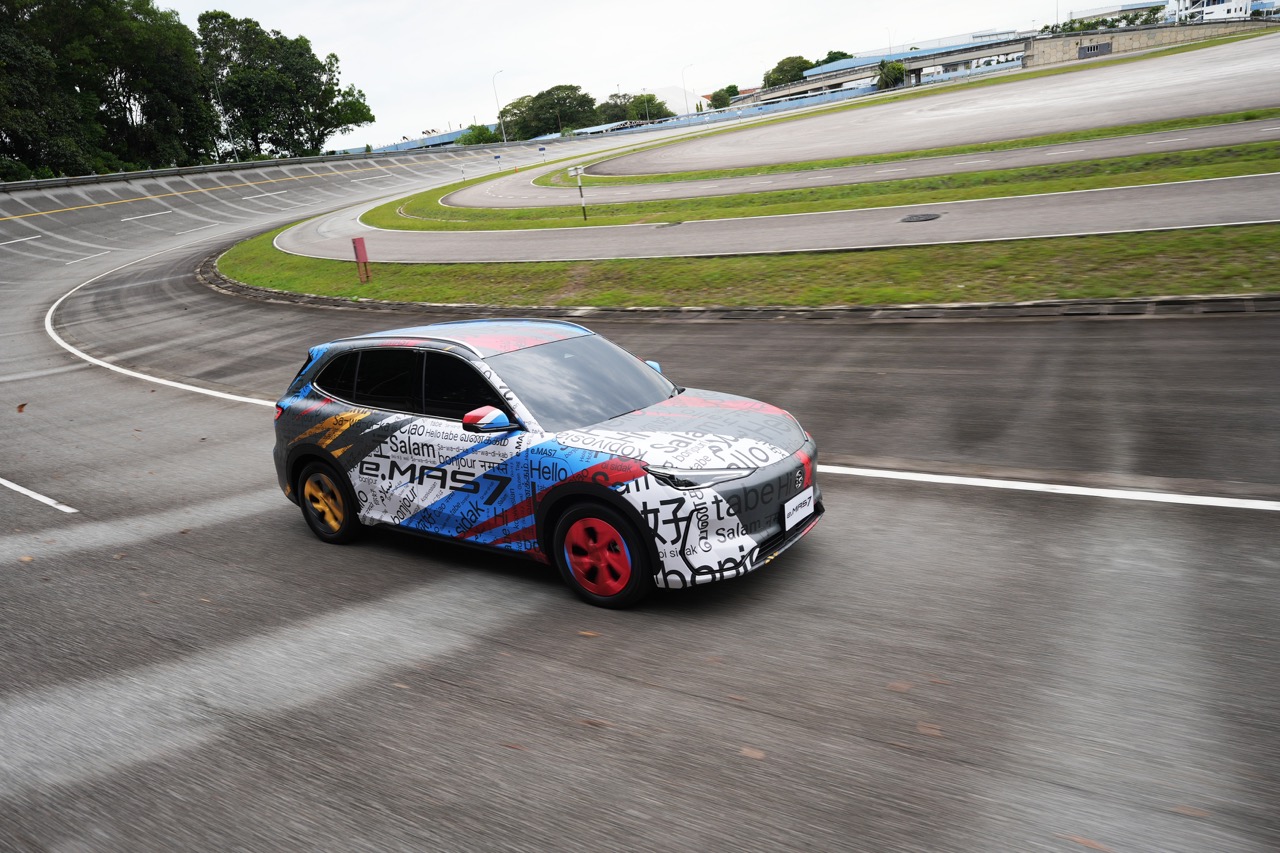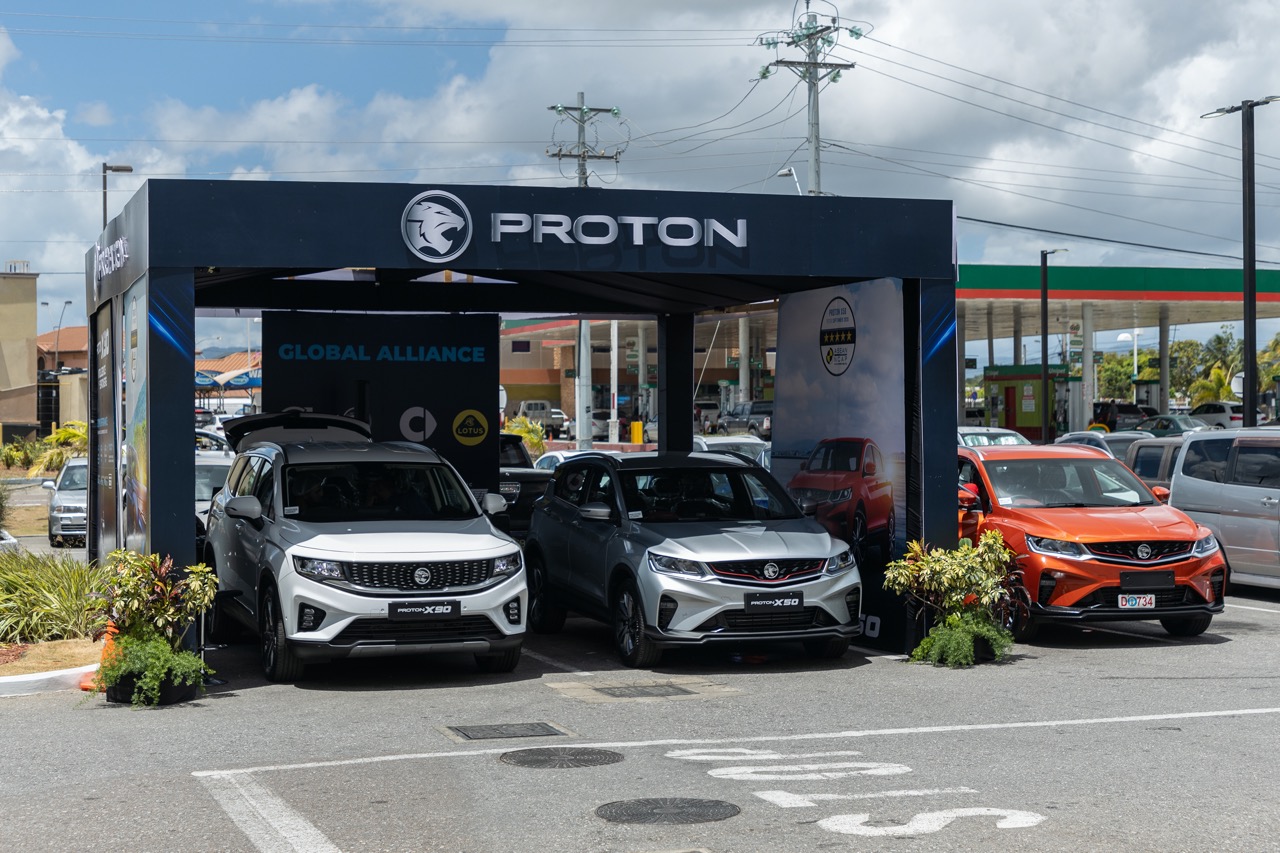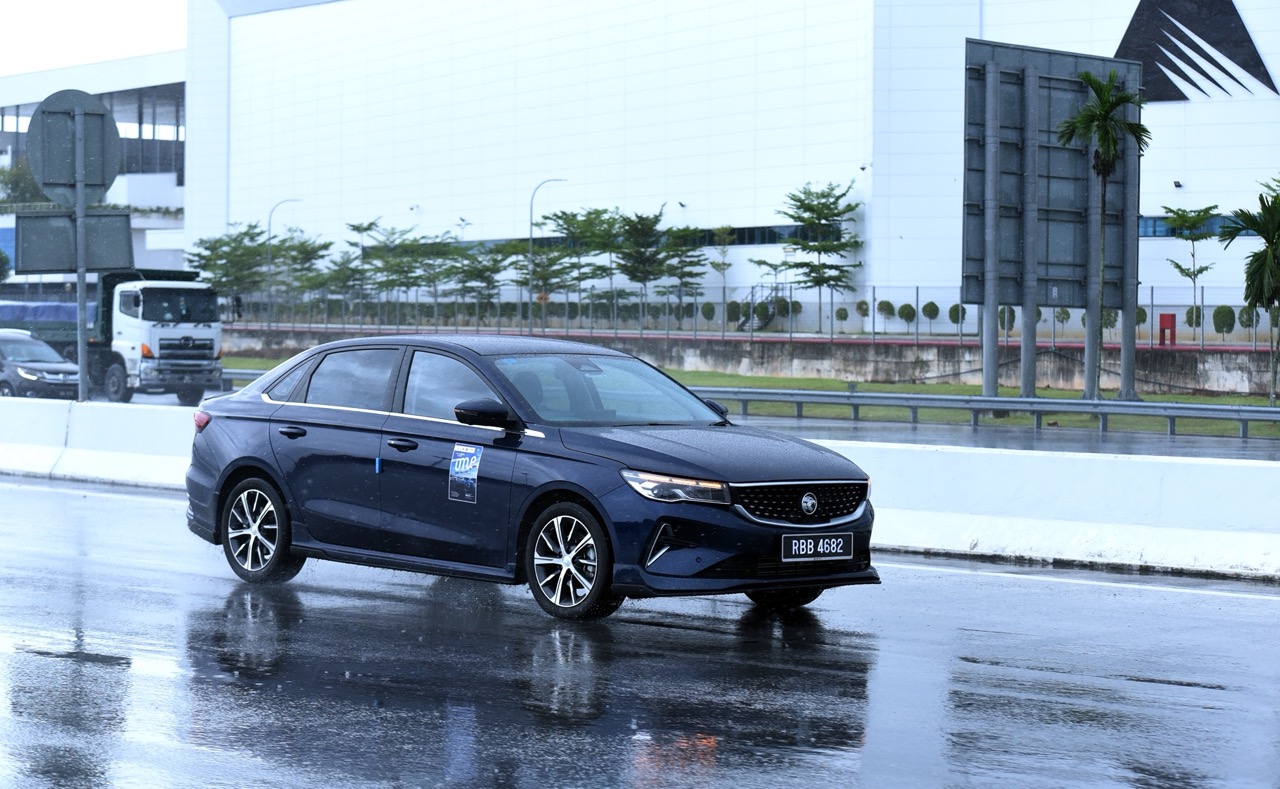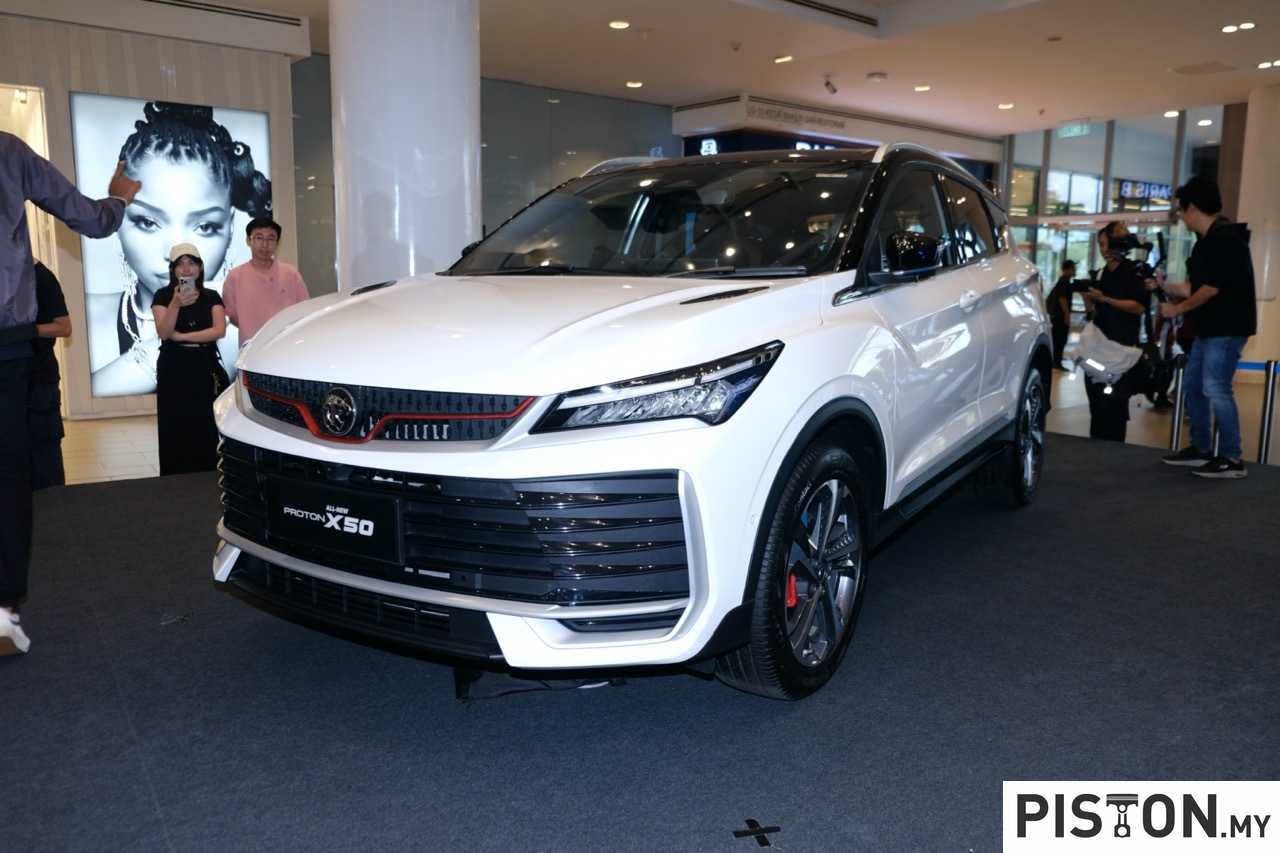Proton has expanded its international presence by announcing the launch of CKD (Completely Knocked Down) operations in Egypt. This milestone was marked at Proton’s Centre of Excellence headquarters with a ceremony to flag off 120 units of LHD Proton Saga CKD packs for export to Egypt.
The event saw notable attendees such as H.E. Ragai Tawfik Said Nasr, the Egyptian Ambassador to Malaysia, and Datuk Hanafi Sakri, Deputy Secretary General of the Ministry of Investment, Trade, and Industry, alongside Proton’s senior leadership, including Chairman Tan Sri Syed Faisal Albar and Deputy CEO Roslan Abdullah.



